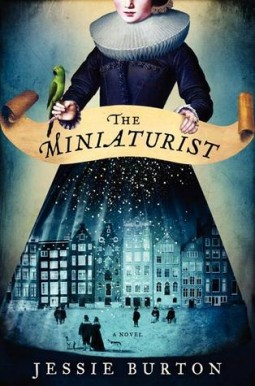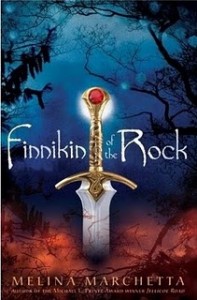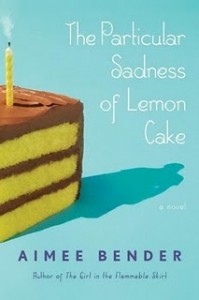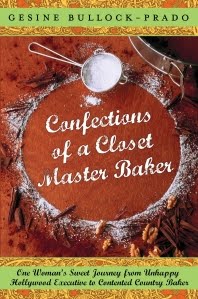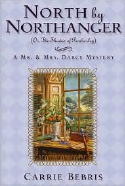This review contains affiliate links, which earn me a small commission when you click and purchase, at no extra cost to you. Thank you for supporting my small business and allowing me to continue providing you a reliable resource for clean book ratings.
Petronella Brandt is just 18 when she marries a virtual stranger who’s two decades older. It’s the fall of 1686 when Nella arrives at her new home in Amsterdam from her family home in the country. She receives no welcome from her new husband, a wealthy merchant, and a cold one from her older sister-in-law, Marin. The never-married Marin rules the house and, oddly, has a great deal of involvement in her brother’s work. The two servants, a young woman and a black man, don’t act as servant-like as she would expect, either. Her new life isn’t at all what Nella expected, including nights spent alone in her marriage bed.
The only space Nella controls is the huge dollhouse Johannes gives her, and she begins requesting items to fill it from a miniaturist she never meets but who sends her packages containing amazingly detailed dolls and furnishings. Nella asks for little things she doesn’t have in her real home, such as a betrothal cup and marzipan (Marin’s strict faith leads her to look down her nose at any ingestion of sugar). Soon, though, the miniaturist is sending her items that she never requested and which seem quite odd, and, eventually, disturbing.
In between packages from the miniaturist, Nella tries to figure out her place in the strange household. Her husband and sister-in-law are arguing over when and how to sell a large amount of sugar for a man and wife with whom they have a history, and then Nella discovers a shocking secret.
The Miniaturist explores themes of sexuality and freedom in a time and place that afforded very little independence for many. It’s interesting but probably a case of modern-day sensibilities being imposed on a far-distant time; the themes and discussions just feel far too of-the-moment for a book set in the late 17th century. In fact, the book felt too moralizing for me; readers are being told constantly about how dangerous it is not to be open to others’ desires to be “different,” in whatever ways that entails.
I was also disappointed by the supposed mysterious elements: one, the mystery of the miniaturist is actually much smaller a part of the story than the title, promotional materials, or even the book itself makes it out to be, so that story arc and its conclusion are lacking and unsatisfactory. The household is also made out to be full of secrets, and while there are a few, they’re not as surprising as they could be. Again, the “secrets,” when they are revealed, aren’t just not terribly surprising, they’re used as tools for modern moralizing. I had high expectations for this book because it had a lot of advance press and is on some best-of lists for the year, and while I did enjoy it, it wasn’t as stellar as I would have expected or liked.
Rated: Moderate, for one use of strong language and a few uses of moderate language. There are also various references to sex, a few brief and some others fairly detailed and more lengthy. The author makes the point with her amount of detail that the Calvinist characters of the place and time privately and sometimes publicly take pleasure in prurient details of others’ misdeeds. A few instances of violence occur as well.
Click here to purchase your copy of The Miniaturist on Amazon.
